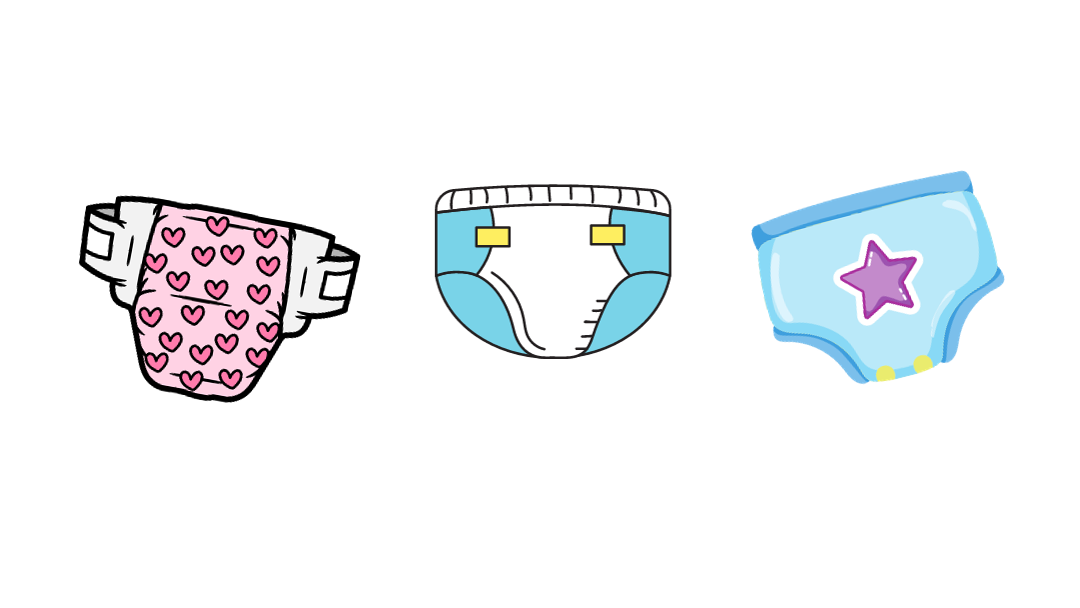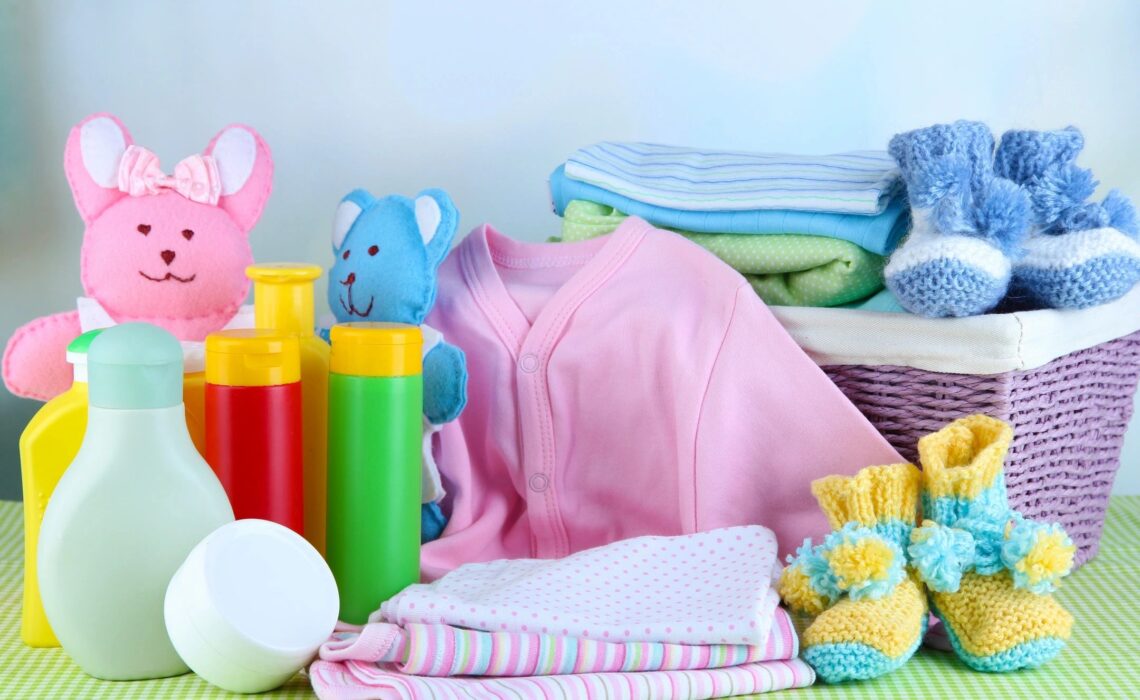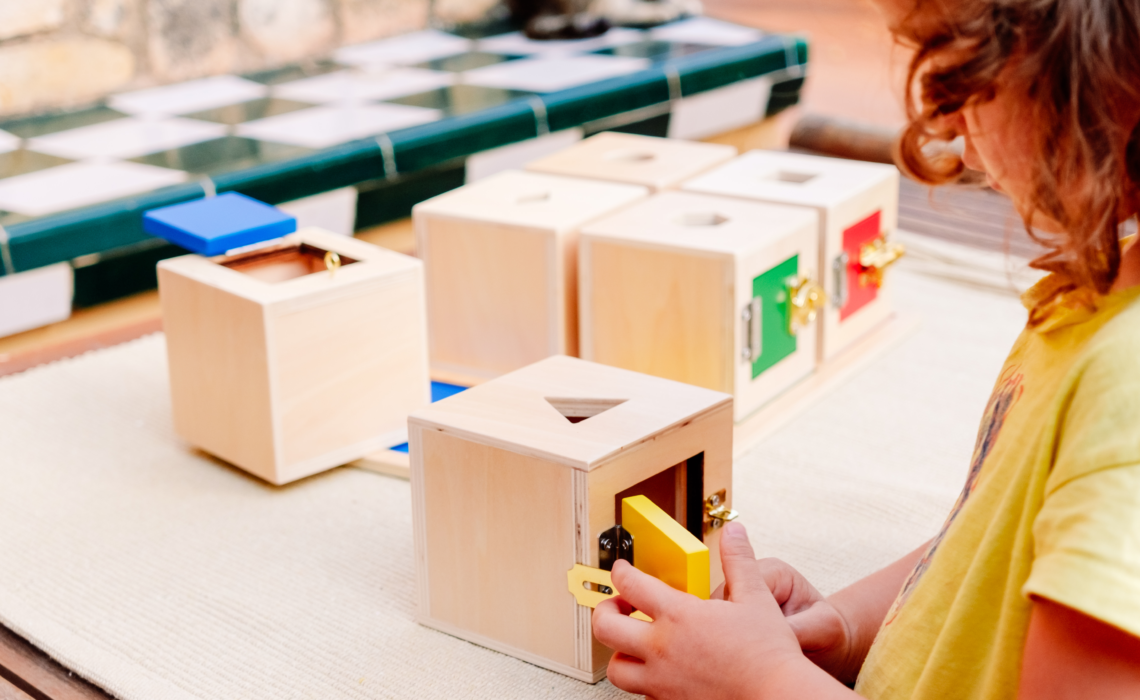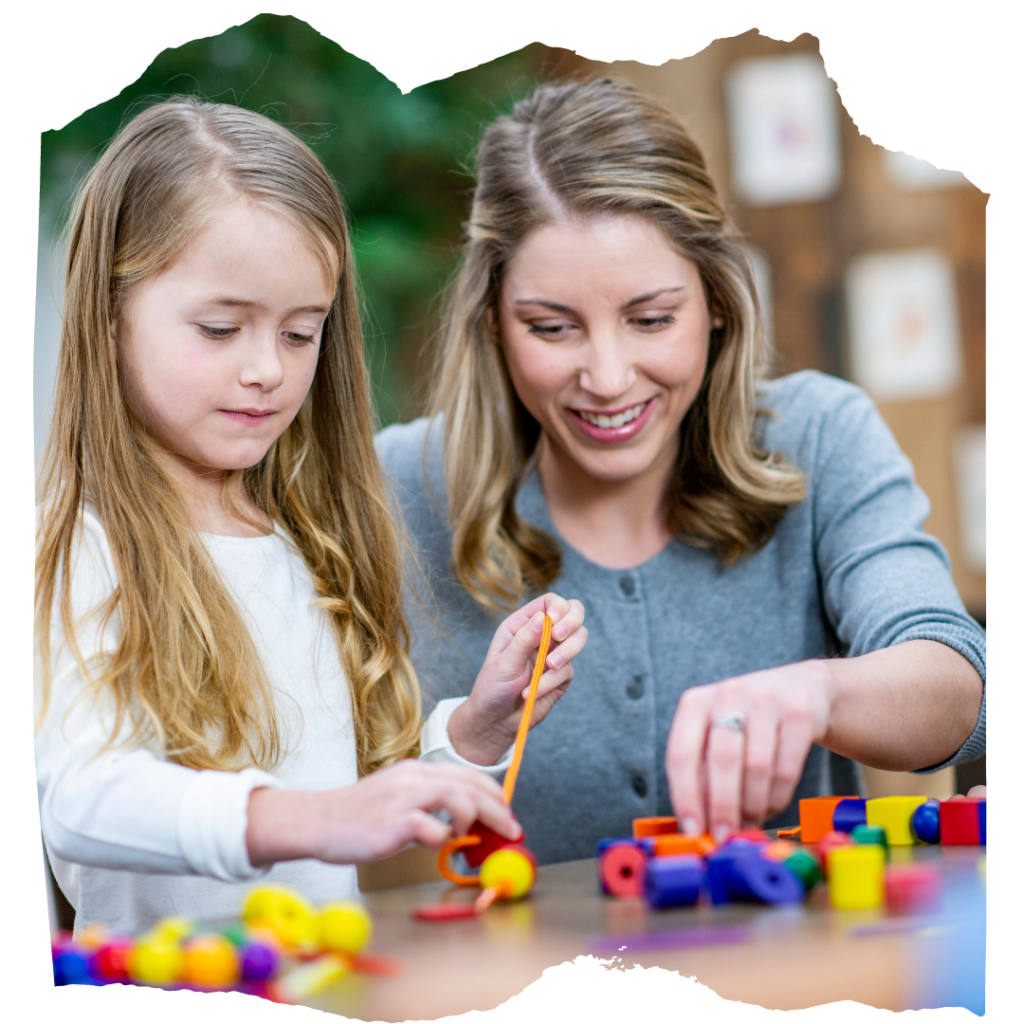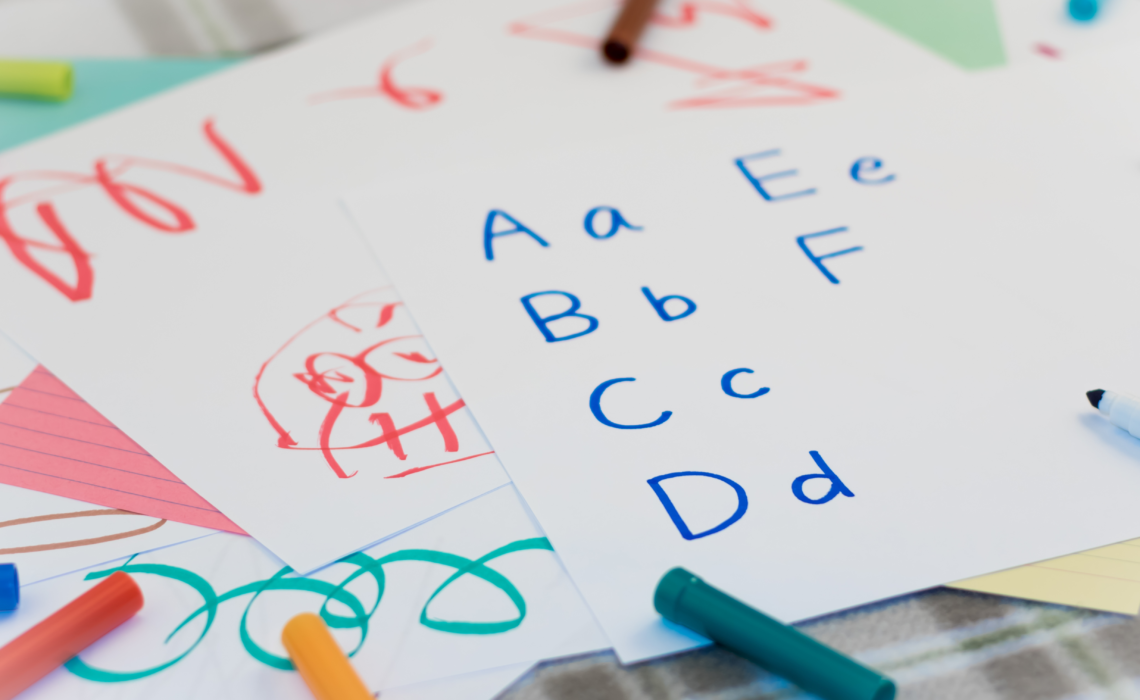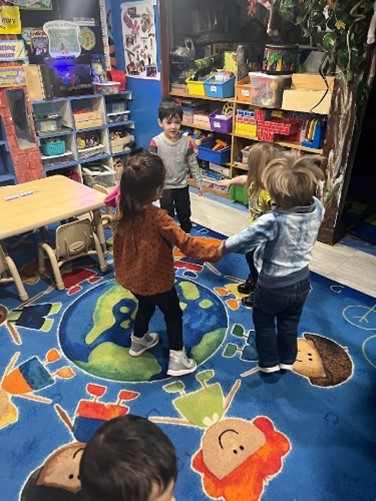Is your child ready to remove the diaper?
https://www.babycenter.com/toddler/potty-training/potty-training-readiness-checklist_4384
¿Cómo puedo saber si su hijo está listo para dejar el pañal?
No hay una edad donde podamos decir que están preparados los niños para dejar de usar pañales, todos los niños son únicos, el desarrollo de cada niño no es el mismo la mayoría de ellos habrán desarrollado las habilidades físicas y cognitivas necesarias entre los 18 y los 24 meses.
Muchos padres deciden esperar hasta los dos años y medio cuando se puede confiar más en el control de la vejiga y también hay niños que no están listos hasta que tienen casi 3 años, o incluso 4.
Para ayudarte a determinar si ha llegado el momento, hemos elaborado una lista de las principales señales que indican que tu pequeño está listo. Recuerda que, si empiezas antes de que tu niño esté en realidad preparado, seguramente el proceso será más largo.
Antes de los 12 meses de edad, los niños no pueden controlar el pipí y popó, y muchos niños pequeños que muestran señales de que físicamente están listos para ir al baño solitos, no pueden controlarlo en realidad.
Incluso a los niños que pueden mantenerse secos en el día, les puede tomar más tiempo despertar para hacer pipí por las noches y muchos dejan de tener accidentes nocturnos hasta la edad de 5 años.
If your child attends child care, it is important to have an effective relationship with your child care provider so together you can work through this process, which will help a lot.
Your child is becoming independent and understands what it means to go to the bathroom like adults.
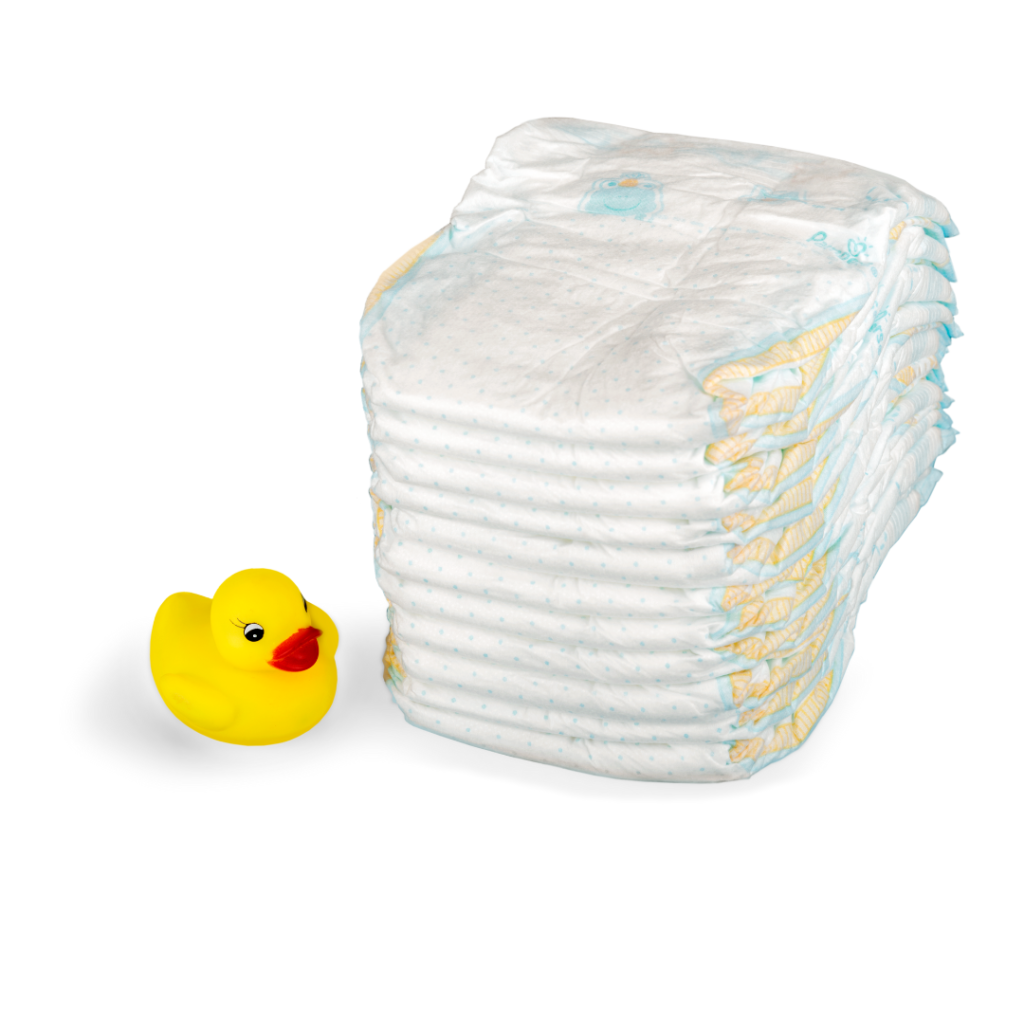
Physical signs
- Has enough balance and coordination to walk, and even run steadily.
- Urinates a lot at one time.
- Has regular bowel movements and soft, well-formed stools.
- Remains “dry” for periods of at least three to four hours (this indicates that the muscles of the bladder have developed enough to retain and store urine.
Behavorial signs
- Is able to sit and remain in the same position for two to five minutes.
- Can pull pants up and down on their own.
- It bothers them to have a dirty diaper.
- Tries to imitate adults when they go to the bathroom (wants to see you go to the bathroom, put on underwear, etc.).
- Physically demonstrates that they really are using the restroom ( makes noises, bends over, or tells you).
- They show that they like to be independent.
- They are not a child who says “no” to everything.
- They are proud of their achievements.
- They don’t seem to resist learning to use the potty.
- They are in a phase in which they are generally cooperative (does not always contradict or say “no” to everything).
- Follows simple directions (for example, “sit on your potty”).
- Understands the importance of keeping things in their place.
- Has words (may be their own) for bowel movements and urine.
- They know when they have to go to the bathroom (perceives the physical signals) and are able to tell you before doing it.
- They can set a goal in their mind like going to the bathroom when they feel like it and remind themselves to do it.
